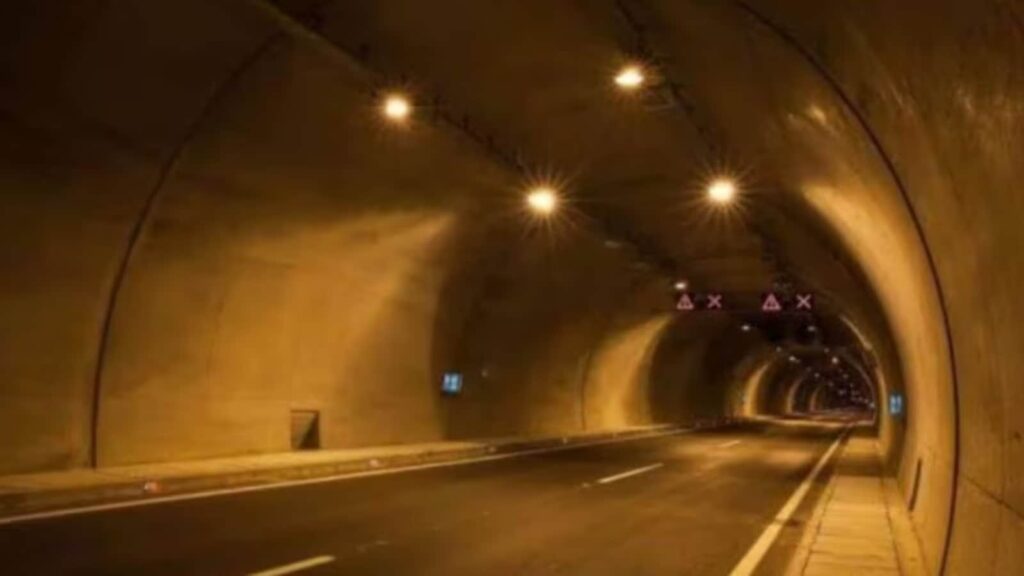The proposed 16-km underground tunnel road between Hebbal and Silk Board junction in Bengaluru could threaten the structural safety of Namma Metro tunnels and worsen traffic congestion unless major design and mitigation measures are implemented, according to the Karnataka Directorate of Urban Land Transport (DULT).
The Bruhat Bengaluru Mahanagara Palike (BBMP) submitted the feasibility study report of the proposed north-south corridor for review and approval by the Bengaluru Metropolitan Land Transport Authority (BMLTA) in July 2024. The DULT, which serves as the secretariat to the BMLTA, conducted a technical review of the proposal, following which several observations were documented for the BBMP’s consideration.
On structural safety, the DULT has said, “The proposed alignment intersects with multiple Metro lines and may cause stress interference which can impact the Metro tunnel’s structural performance.”
The review highlights several locations where the underground tunnel will either cross or run in close proximity to the alignments of Metro Phase 2 and Phase 3A. These locations include Marigowda Road, Dairy Circle, NIMHANS, Wilson Garden, Guttahalli Main Road, 8th Main Road in Sadashivanagar, Corporation Circle, KR Circle, and Palace Road.
According to experts, stress interference in this context refers to the changes in underground pressure and stability that can occur when a new tunnel is built close to an existing Metro tunnel.
For example, at Marigowda Road, the DULT’s review states, “the proposed alignment of the underground tunnel intersects with the proposed Metro Phase 3A (Hebbal–Sarjapur line), which may cause stress interference which can impact the metro tunnel’s structural performance.”
At Dairy Circle, the proposed alignment of the underground tunnel intersects with the proposed Metro Phase 2 (Gottigere–Nagawara line), which may cause stress interference and impact the metro tunnel’s structural performance, the review says.
Story continues below this ad
Similarly, the DULT flags stress interference and lateral displacement to existing and upcoming Metro networks near NIMHANS, Wilson Garden, Guttahalli Main Road, Sadashivanagar, Corporation Circle and KR Circle.
Tunnel road to compound traffic issues, says review
The review also notes several traffic issues the tunnel, proposed for four-wheelers only, could create.
On Jayamahal Main Road, the agency warns, “Ramp construction, without undertaking land acquisition and provision of proper weaving area prior to the ramp, will lead to choking of Jayamahal Road.”
In Sadashivanagar, accommodating an exit ramp on the existing 8th Main Road is not feasible, as it will cause road congestion and excessive traffic delays, the review says.
Story continues below this ad
For Palace Road and Basaveshwara Circle, the review cautions, “The feasibility report should assess the additional traffic that would come to the junction if the tunnel ramp were constructed and if the junction would be capable of handling the additional traffic without impacting the surrounding roads.”
“At KR Circle, the proposed exit ramp will lead to additional traffic to the already congested KR Circle, exacerbating congestion and creating merging conflicts… such impact analysis has not been carried out,” the review states.
Near Corporation Circle, the review indicates that traffic exiting from the tunnel road will increase the traffic load at nearby junctions, such as Coffee Day Junction and Queens Junction.
On Siddapura Road near Ashoka Pillar, the agency notes that there may not be adequate width to accommodate the proposed entry ramp and weaving area and that the impact of the proposed ramp on Ashoka Pillar Circle, considering the additional traffic that would need to pass through the circle, needs to be assessed.
Story continues below this ad
As for Marigowda Road, it says, “the proposal to accommodate an exit ramp needs to be examined considering the width available, impact on existing traffic and impact on nearby junctions like 13th Cross Road… the presence of an exit ramp will worsen the situation.”
“Sizing of the ramp should be determined based on scientific demand assessment… otherwise, the tunnel proposal will only create more inconvenience to people and lead to a more chaotic traffic situation at surface level.”
The review states that the proposed project does not align with the objectives and goals of the approved Comprehensive Mobility Plan (CMP) for Bengaluru. Further, it says that the project does not align either with the BBMP’s Climate Action Plan or National Urban Transport Policy (NUTP). Despite several noted discrepancies, Bengaluru Smart Infrastructure Limited has proceeded with global tenders for the tunnel road project.

